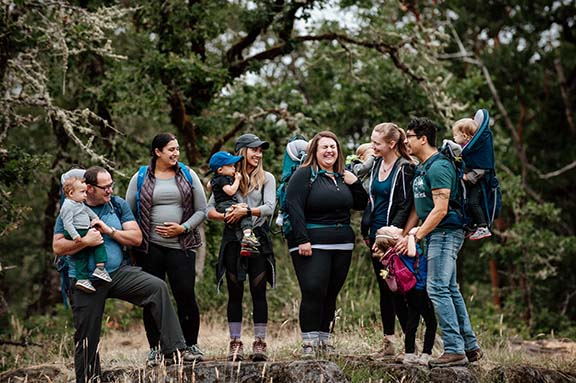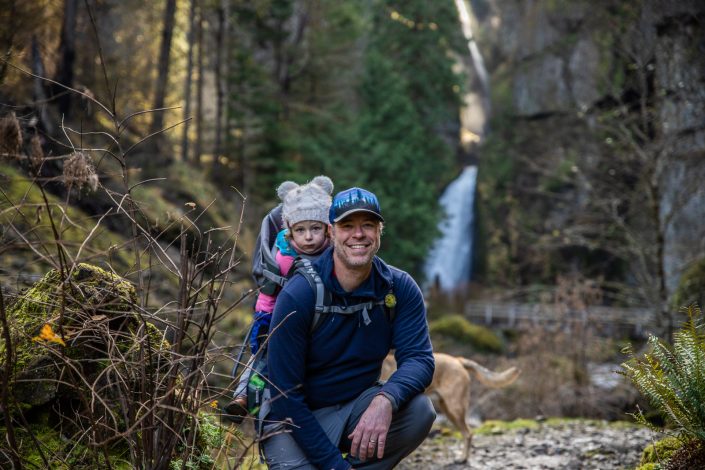How to Comfortably Fit a Hard Frame Child Carrier for You and Your Baby
- Blog How to Comfortably Fit a Hard Frame Child Carrier for You and Your Baby
Frame Carrier Advantages
One of the greatest advantages of a kid's hard frame carrier is your ability to carry more supplies like food, wipes, diapers, toys and anything else for your child. It’s also great in the event of inclement weather. Most carriers come with rain shields to keep your baby and carrier dry. Another advantage is that your child is actually centered a little bit higher up on your body, but not directly touching your body. You get a nice airflow between you and your baby and don’t have your body heat coming together. 
Customizing the Fit
With the hard frame carriers, there is some adjustment that you need to do before you even put a baby in the carrier. You need to adjust the torso length down to your body’s shape. Everyone’s torso is different, some people may be the same height or weight, but their body shape is different. You need to make sure you have the right width and length for your torso. You want the waistband to be sitting on the top of your hips snug across the top of your hip bone. With the shoulder strap, you don’t want there to be a large gap between the strap and your shoulder. You also don’t want it snug all the way down onto your shoulders because that will quickly hurt your shoulders. You want to make sure your chest clip is running about level with your armpit height, so that way it is pulling your shoulders and not pinching your shoulders together. You want to think of the cockpit where your child is sitting more like a car seat, five-point harness or star harness depending on the model. 
Positioning Your Child
You want the shoulder straps to be snug down on your child so they are secured into the carrier. You want the chest clip to be about armpit height, again, similar to the way that your chest clip fits you. You want them to be sitting in what we call the optimal position. Their weight is resting on their bottom with their knees higher than their bottom. If they’re not in this position, it’s not going to cause any harm to your child, however, it is the most comfortable position for you and baby. Most of the models also come with stirrups that can help put the baby’s knees up. When you rotate the knees and pelvis up with the stirrups it pushes their weight onto their bottom automatically. Most kids will lean when seated in the hard frame carrier. On the sides of most models, you can cinch down on the sides to help your child stay in the seat while leaning. Cinching the sides down reduces the risk of a kid sliding out of the side. Check out the video below for a visual description of how to fit a child carrier with the Deuter Kid Comfort. [embed]https://www.youtube.com/watch?v=7l0BBKfVY8I[/embed] Join a community of like-minded parents and caregivers with a shared mission of connecting families with babies and young children to the outdoors and each other. Learn about Hike it Baby membership options and join the fun today!
About Hike it Baby
Hike it Baby is a 501(c)(3) non-profit organization dedicated to getting families outdoors and on trails across the U.S. and internationally, supporting, educating and inspiring families through their more than 300 communities across North America. Since its grassroots inception in 2013 in Portland, Oregon, Hike it Baby is now a growing community of 270,000 families and 500 volunteer branch ambassadors hosting more than 1,600 hikes per month. More information, as well as daily hike schedules, can be found at HikeitBaby.com, Facebook, YouTube, Pinterest, and Instagram. Photos courtesy of Michelle Craig and Andrea Leoncavallo.




Comments